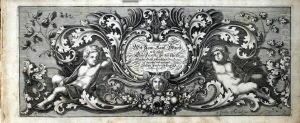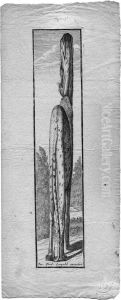Joseph Friedrich Leopold Paintings
Joseph Friedrich Leopold, born in 1668 in Straßburg (now Strasbourg, France), was a prominent figure in the world of Baroque art, particularly known for his exceptional skills as an engraver and publisher during the late 17th and early 18th centuries. His work is a testament to the rich cultural and artistic milieu of the Holy Roman Empire, a period marked by significant political, religious, and social transformations. Leopold's engravings not only reflect the artistic trends of his time but also serve as valuable historical documents that offer insights into the era's complex societal structures.
Leopold's career was predominantly based in the city of Augsburg, a significant center for art and commerce in southern Germany. This city, known for its thriving printmaking and publishing industries, provided a fertile ground for Leopold's talents to flourish. He was deeply influenced by the works of earlier masters such as Albrecht Dürer, as well as by his contemporaries in the world of Baroque art. His engravings, characterized by intricate details and elaborate compositions, often depicted religious themes, allegorical scenes, and portraits, catering to the tastes and demands of his era's clientele.
Throughout his career, Joseph Friedrich Leopold collaborated with various artists and publishers, contributing to the dissemination of Baroque art across Europe. His ability to capture the dynamism and emotional intensity of the Baroque style, while maintaining a high level of technical precision, earned him widespread acclaim. Moreover, his works played a crucial role in the transmission of artistic ideas and styles, bridging geographical and cultural divides within the European art world.
Leopold's legacy is preserved in numerous collections and museums, where his engravings continue to be studied and admired for their artistic merit and historical value. Despite facing the challenges of his time, including the competitive nature of the printmaking industry and the broader socio-political upheavals of the late 17th and early 18th centuries, Leopold's work remains a significant contribution to the Baroque period. He passed away in 1727 in Augsburg, leaving behind a body of work that continues to resonate with art historians, collectors, and enthusiasts alike.


